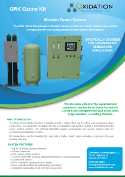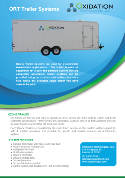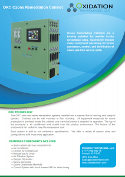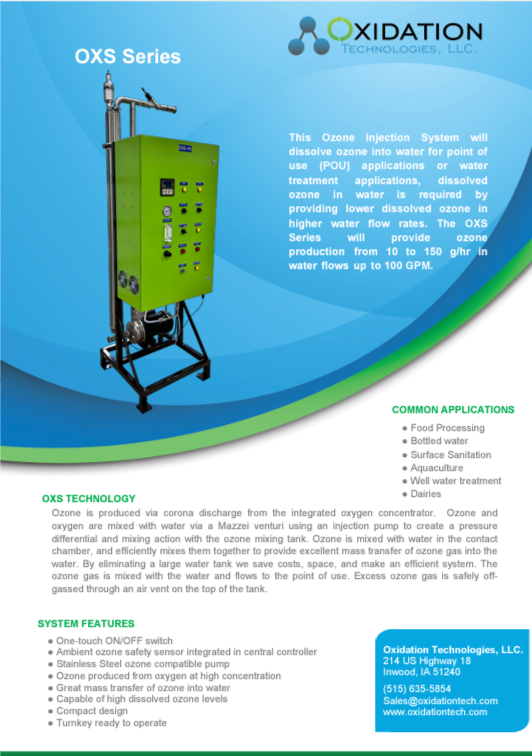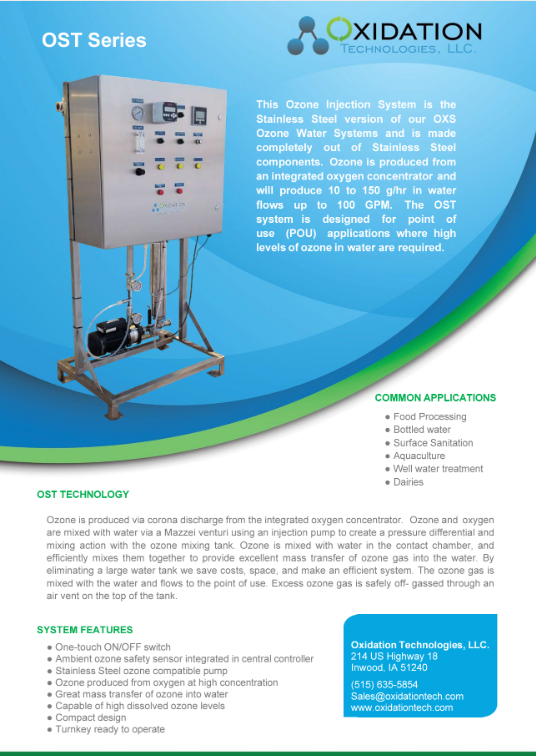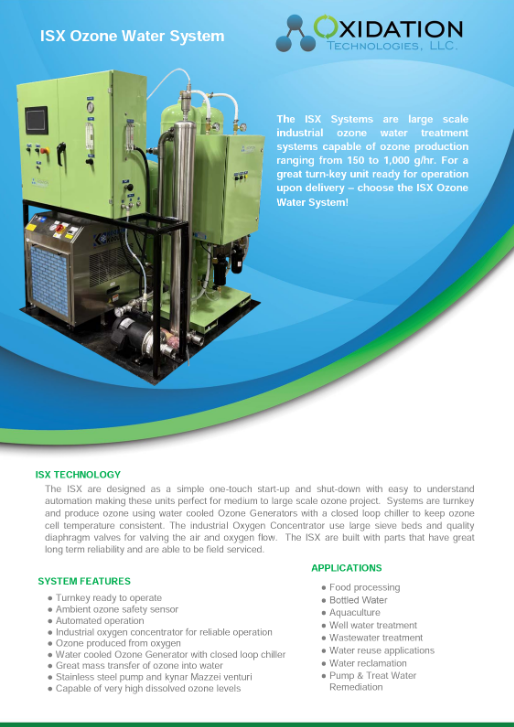Efficiency of Ozonation and AOP for Methyl-tert-Butylether (MTBE) Removal in Waterworks
Courtesy of: Ozone: Science & Engineering The Journal of the International Ozone Association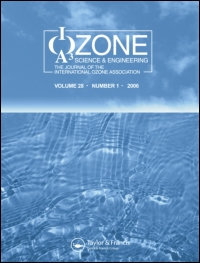
Authors: Christine Baus , Frank Sacher Heinz-Jürgen Brauch
Pages 27-35 | Published online: 18 Jan 2007
Abstract:
Methyl-tert-butylether (MTBE) is attracting more and more attention since it was discovered in groundwater and other raw water sources for waterworks and proved to difficult to remove during conventional treatment steps in drinking water production. Therefore advanced treatment processes have to be evaluated in addition to established treatment technologies. Laboratory-based experiments were carried out studying ozonation with varying ozone concentrations at different pH values. For the elimination of MTBE the degradation through hydroxyl radicals was identified as the main degradation pathway. No decline of MTBE concentration occurred in experiments with molecular ozone, but AOP (Advanced Oxidation Processes) experiments where hydrogen peroxide (H2O2) was added showed a more efficient elimination. However, no complete mineralization was achieved — tert-butyl alcohol (tBA) and tert-butyl formate (tBF) were identified as metabolites. In natural waters (i.e., groundwater, bank filtrated water, and drinking water) the efficiency of MTBE removal was strongly dependent on the content of natural organic matter and alkalinity because of their scavenging characteristics. However, bromate formation was observed as well and could cause problems for drinking water production. Comparison with data gained from waterworks showed that conventional ozonation techniques as applied in waterworks are not able to remove MTBE efficiently.
Link to access full paper below:
https://www.tandfonline.com/doi/abs/10.1080/01919510590908940
Become a member of the IOA and receive the Ozone Science & Engineering Journal in the mail, and full online access:
https://www.ioa-pag.org/membership/







